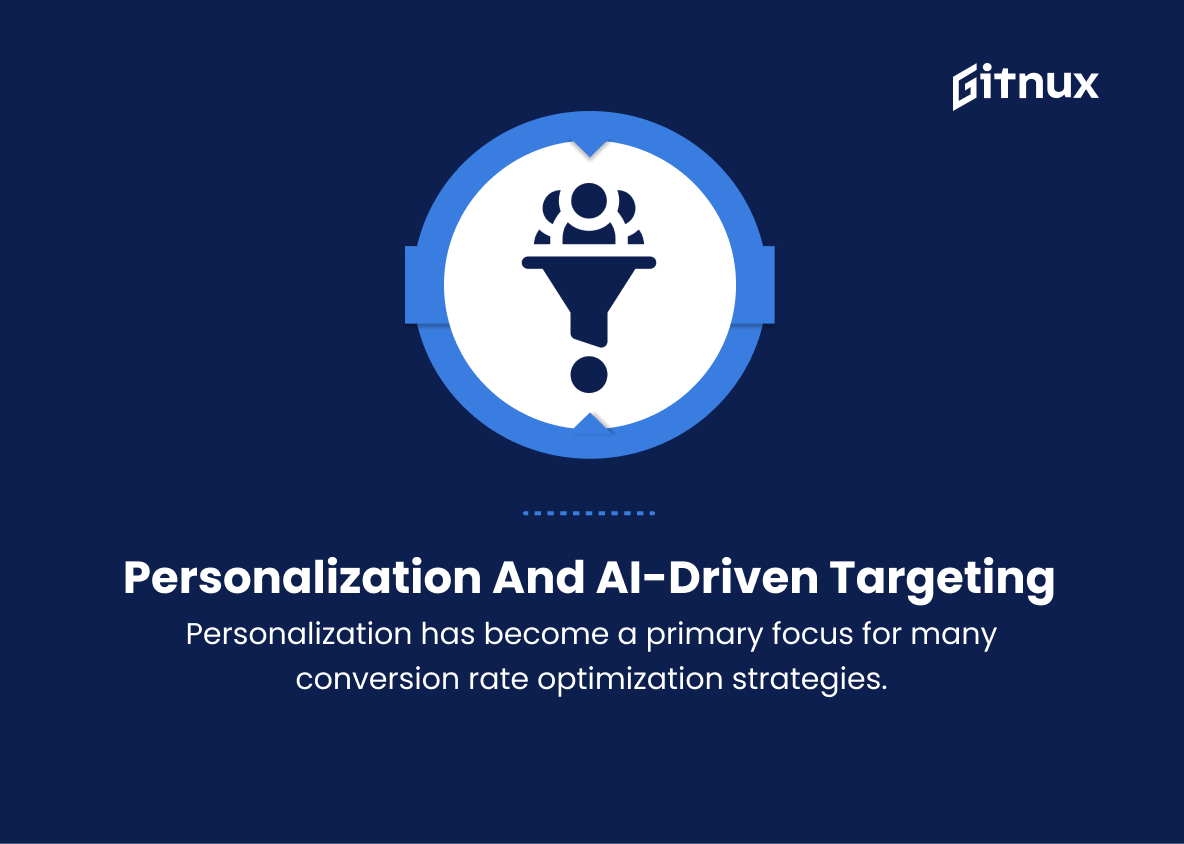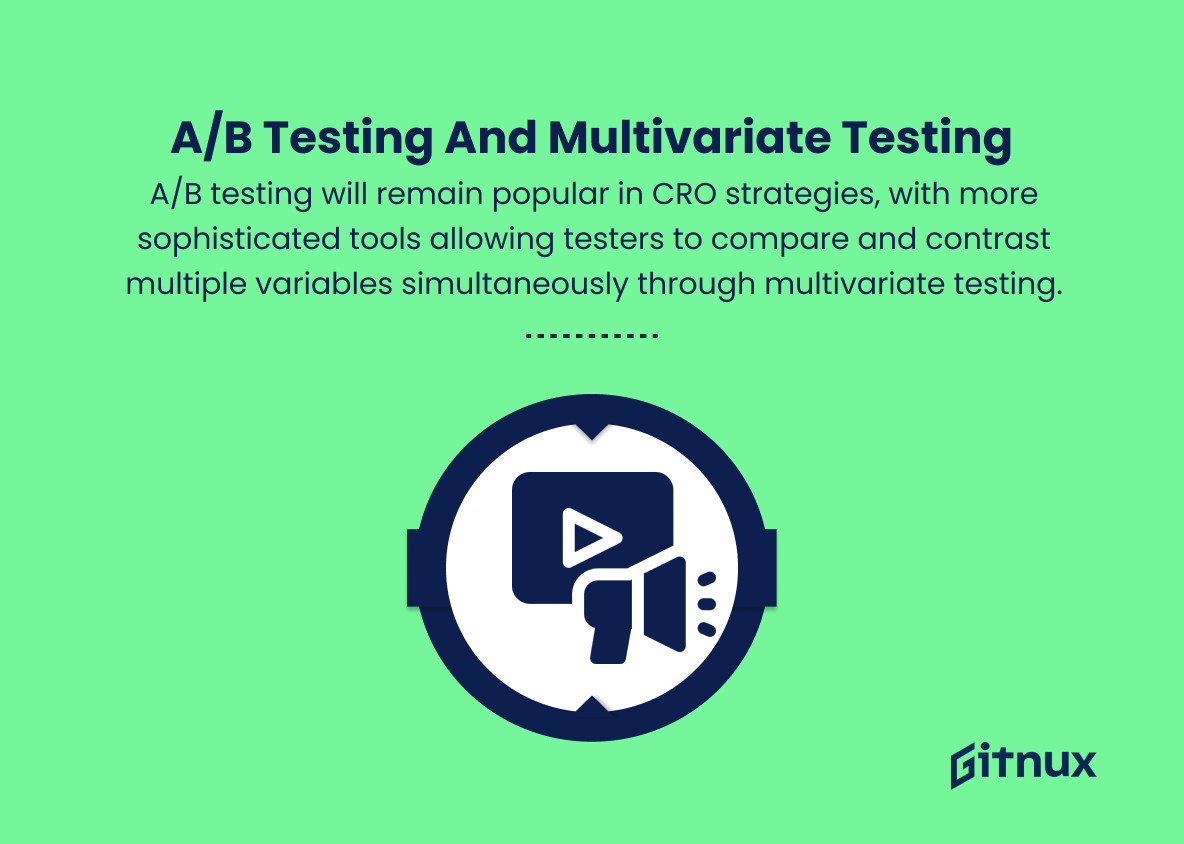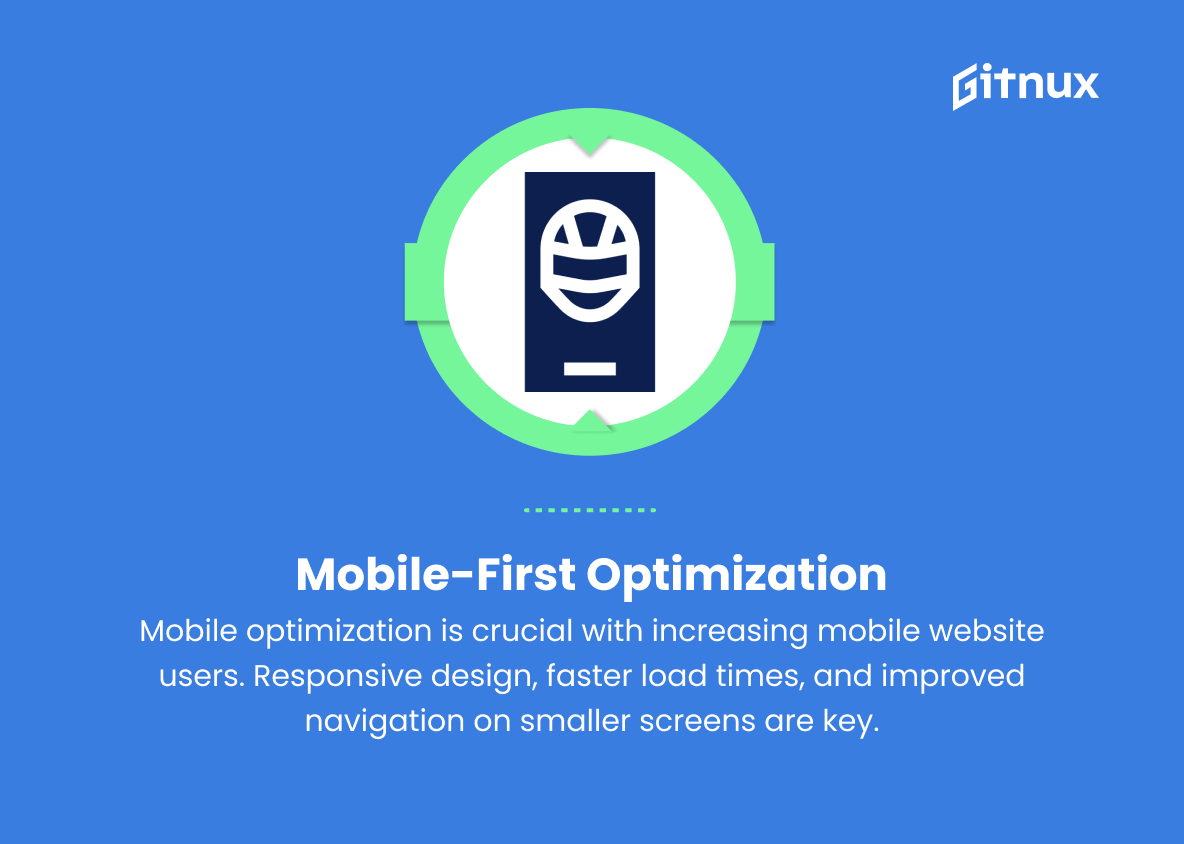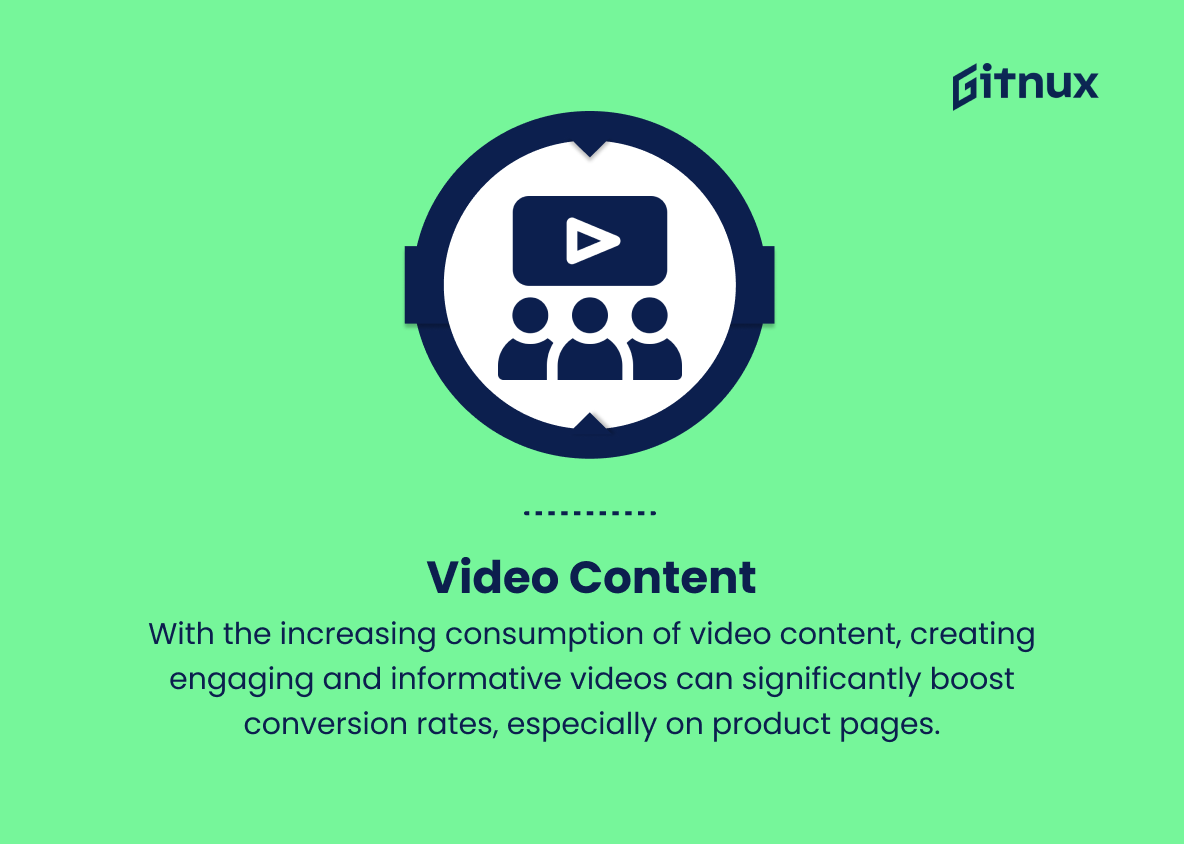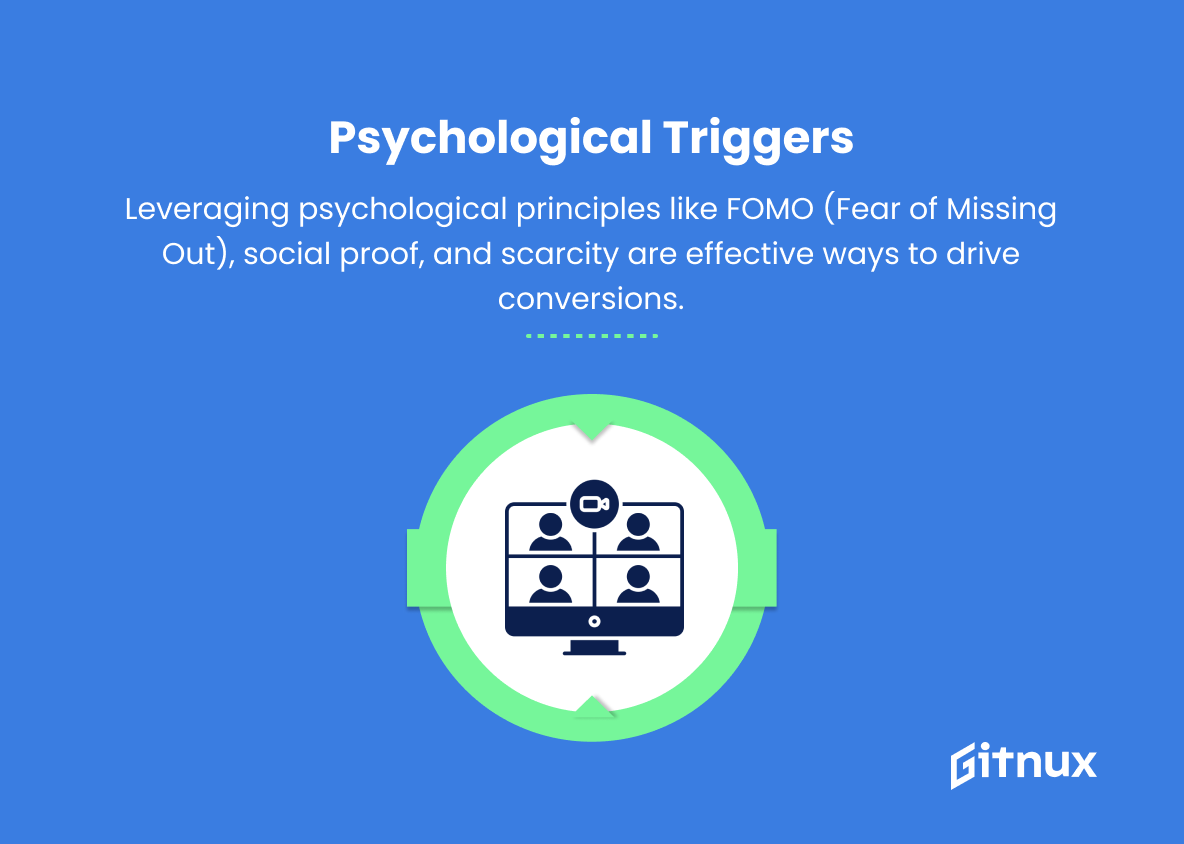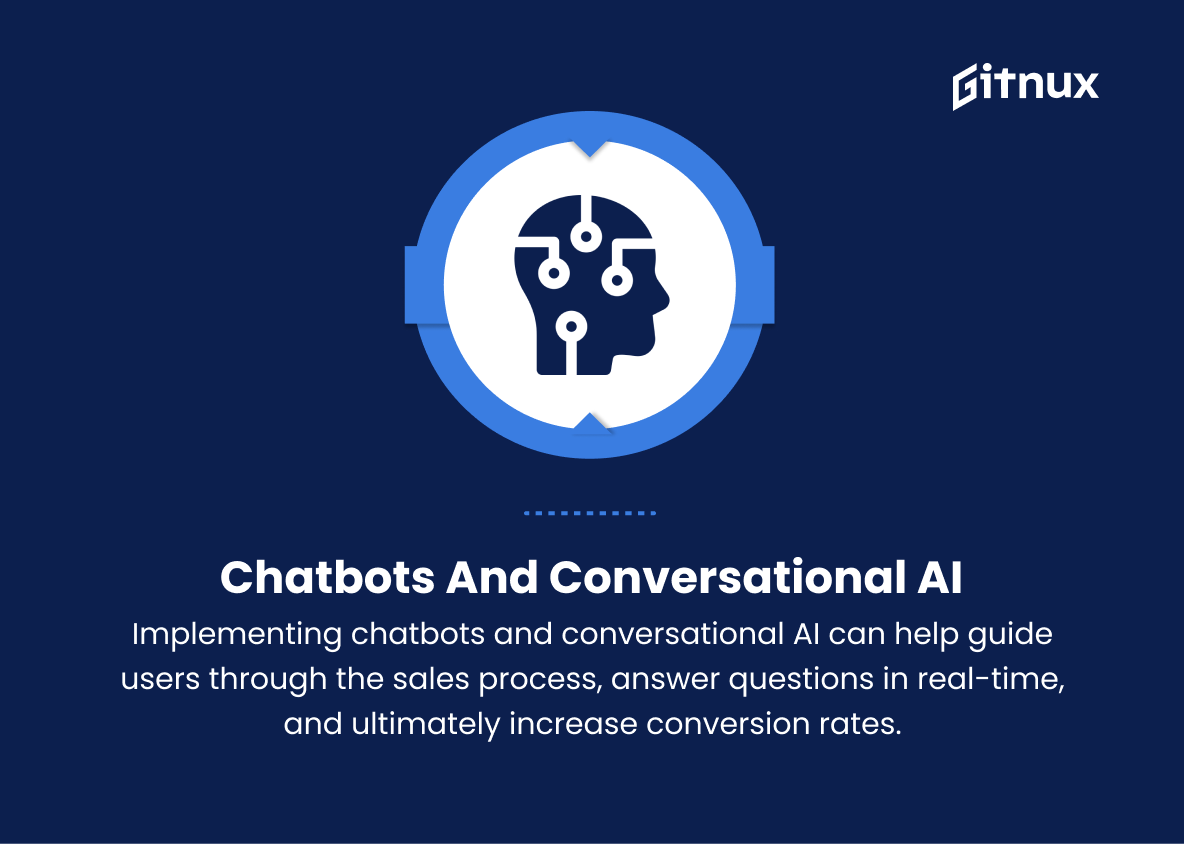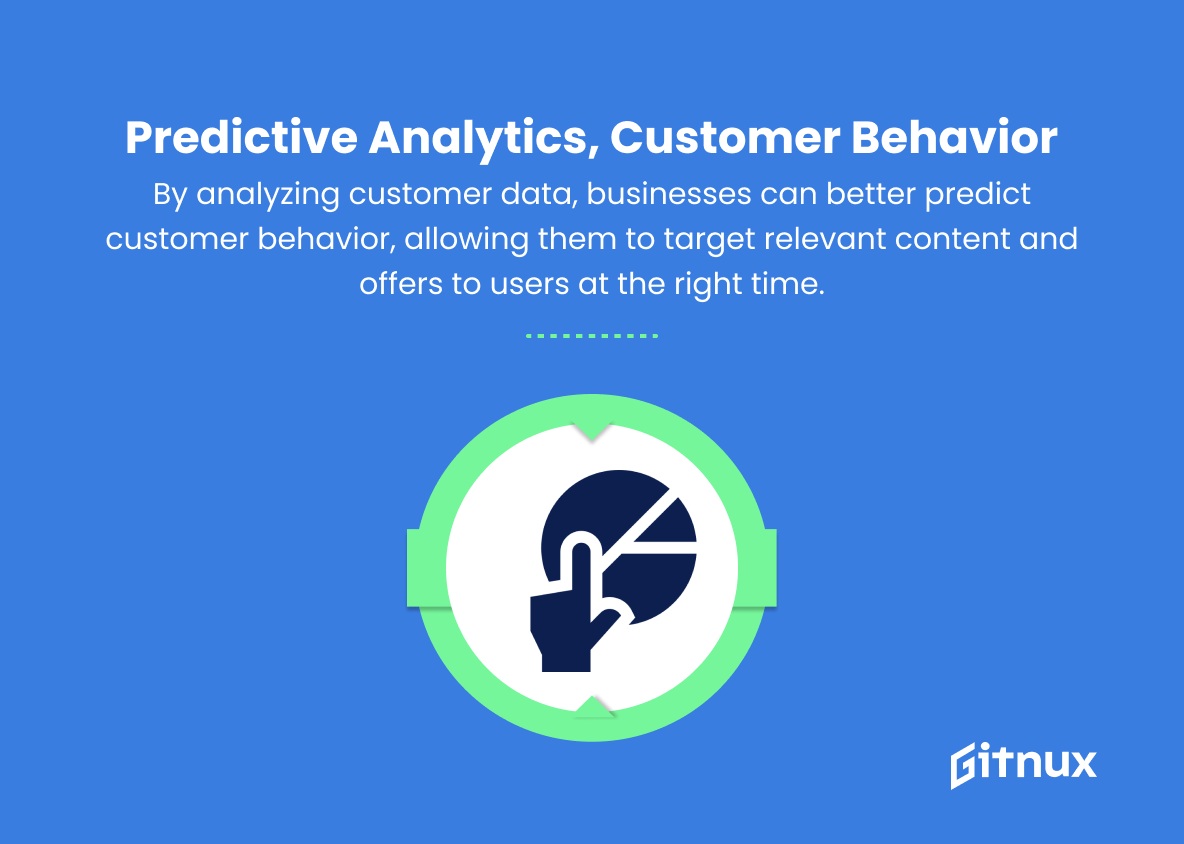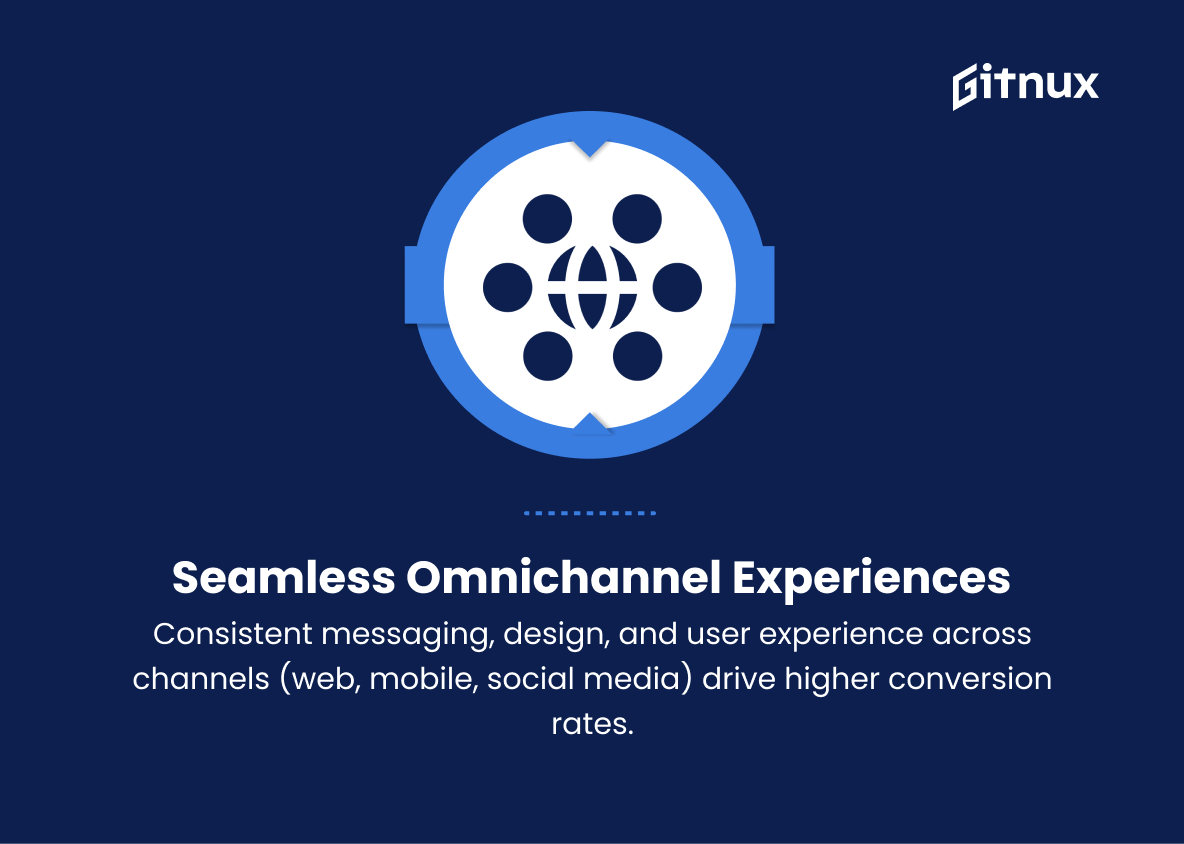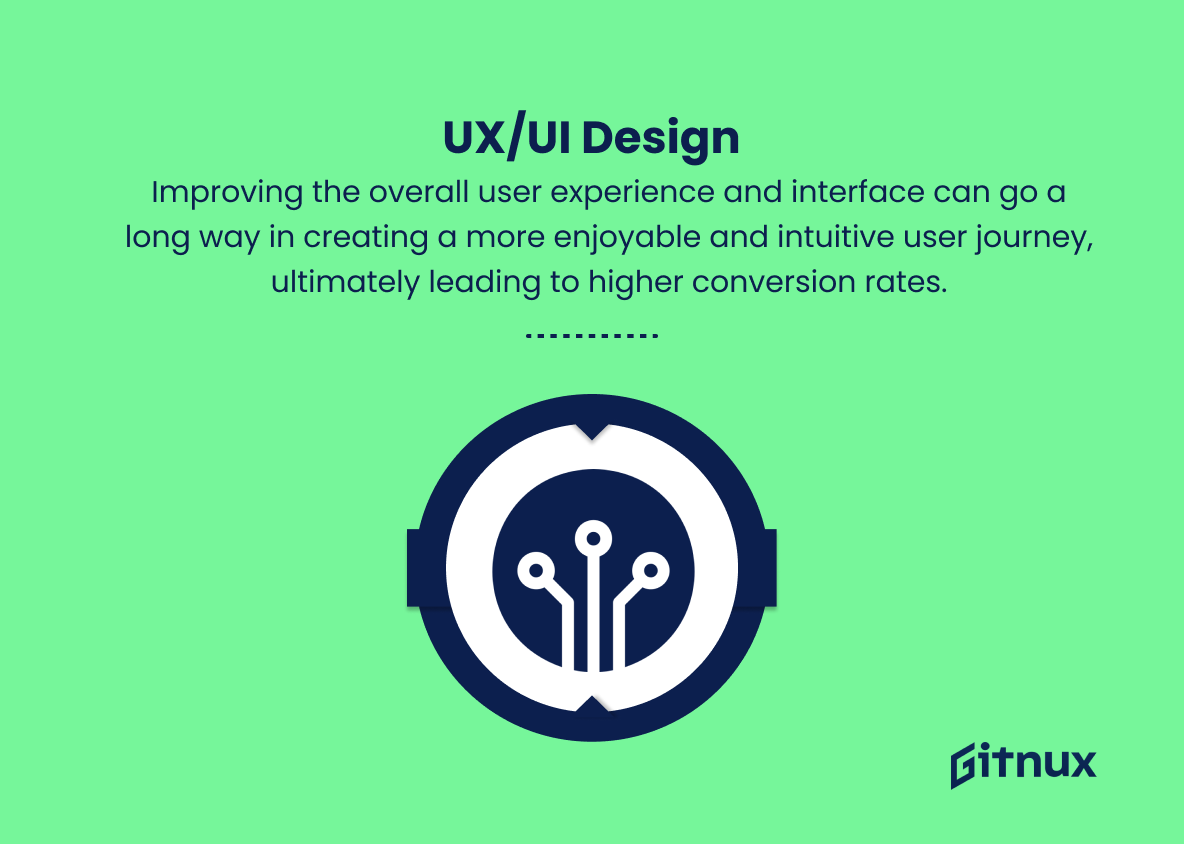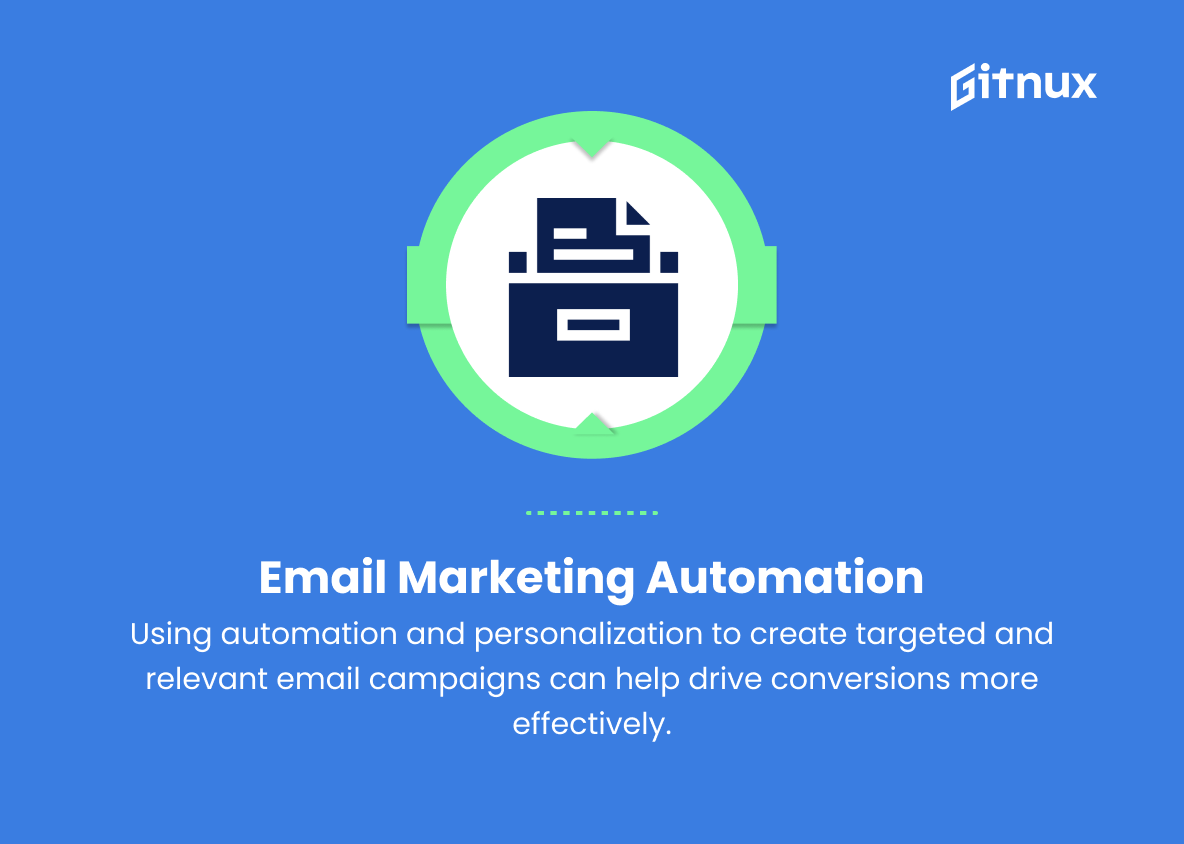As the digital landscape continues to evolve and competition grows fiercer, businesses and marketers cannot afford to overlook the significance of Conversion Rate Optimization (CRO) in their overall marketing strategy. CRO is the process of increasing the percentage of website visitors who complete a desired action, such as making a purchase or signing up for a newsletter. Staying informed about the latest trends in this field is crucial for the success of any online business.
Join us in this in-depth blog post as we explore the top Conversion Rate Optimization (CRO) trends in today’s dynamic digital world. Discover how marketers can harness these trends to stay ahead in the race for online dominance.
Top Conversion Rate Optimization Trends
1. Personalization and AI-driven targeting
Personalization has become a primary focus for many conversion rate optimization strategies. By leveraging AI and machine learning algorithms, businesses can provide targeted content and offers to different segments of their audience, ultimately increasing conversion rates.
2. A/B Testing and Multivariate Testing
A/B testing will remain popular in CRO strategies, with more sophisticated tools allowing testers to compare and contrast multiple variables simultaneously through multivariate testing.
3. Mobile-first optimization
With more and more people accessing websites on their mobile devices, optimizing for mobile has become a major priority. This includes responsive web design, faster page load times, and better navigation on smaller screens.
4. Voice search optimization
As voice search gains popularity with the rise of smart speakers and virtual assistants, businesses need to optimize their content to accommodate voice queries.
5. Video content
With the increasing consumption of video content, creating engaging and informative videos can significantly boost conversion rates, especially on product pages.
6. Psychological triggers
Leveraging psychological principles like FOMO (Fear of Missing Out), social proof, and scarcity are effective ways to drive conversions.
7. Chatbots and conversational AI
Implementing chatbots and conversational AI can help guide users through the sales process, answer questions in real-time, and ultimately increase conversion rates.
8. Optimizing for micro-interactions
By focusing on micro-interactions, such as button clicks, form fills, and scroll depth, businesses can fine-tune their conversion funnels for better user experience and higher conversion rates.
9. Inclusivity and accessibility
Ensuring websites are designed with accessibility in mind will not only cater to a wider audience but can also improve overall user experience, leading to higher conversion rates.
10. Data-driven insights and analytics
Harnessing the power of data through analytics tools can help identify trends and areas for improvement in a website’s conversion rates.
11. User-generated content
Encouraging users to create and share their own content can foster a sense of community, social proof, and trust, ultimately leading to higher conversion rates.
12. Predictive analytics and customer behavior
By analyzing customer data, businesses can better predict customer behavior, allowing them to target relevant content and offers to users at the right time.
13. Seamless Omnichannel Experiences
Ensuring consistent messaging, design, and user experience across all channels, including web, mobile, and social media platforms, allows for a seamless user experience that can lead to higher conversion rates.
14. UX/UI Design
Improving the overall user experience and interface can go a long way in creating a more enjoyable and intuitive user journey, ultimately leading to higher conversion rates.
15. Email marketing automation
Using automation and personalization to create targeted and relevant email campaigns can help drive conversions more effectively.
16. Machine learning optimization
As machine learning technology improves, businesses can use this technology to better analyze user behavior and preferences. This can help them create more optimized experiences that encourage conversions.
Implications
In the coming years, Conversion Rate Optimization (CRO) trends will have a significant impact on businesses and their online strategies. The growing importance of personalization, AI-driven targeting, and data-driven insights will allow companies to provide tailored content and offers to their audiences, increasing conversion rates. Techniques like A/B testing and multivariate testing will continue to be popular, while mobile-first optimization, voice search, and video content will cater to evolving user behaviors and preferences.
Leveraging psychological triggers and implementing chatbots can also enhance the user experience and drive conversions. A focus on micro-interactions, inclusivity, and user-generated content will help businesses fine-tune their conversion funnels and foster trust in their online communities. Predictive analytics and seamless omnichannel experiences will become increasingly essential for understanding customer behavior and providing a consistent user journey.
Lastly, advancements in UX/UI design, email marketing automation, and machine learning allows businesses to create more optimized, enjoyable, and intuitive experiences, ultimately leading to higher conversion rates in the dynamic digital landscape.
Conclusion
In the ever-evolving realm of digital marketing, staying ahead of conversion rate optimization (CRO) trends is essential for businesses seeking to remain competitive, successful, and influential. Businesses can effectively engage and convert their target audience by adapting to and implementing these current strategies.
Analyzing user behavior, investing in AI-driven tools, creating personalized experiences, and optimizing for mobile users are just a few tactics to consider. Keeping a finger on the pulse of CRO trends will not only lead to higher conversion rates and increased revenue, but also foster long-term customer loyalty and a stronger brand presence in the market. Continuously striving for data-driven insights and innovative approaches to CRO will undeniably ensure businesses stay ahead of the curve and achieve their goals.
